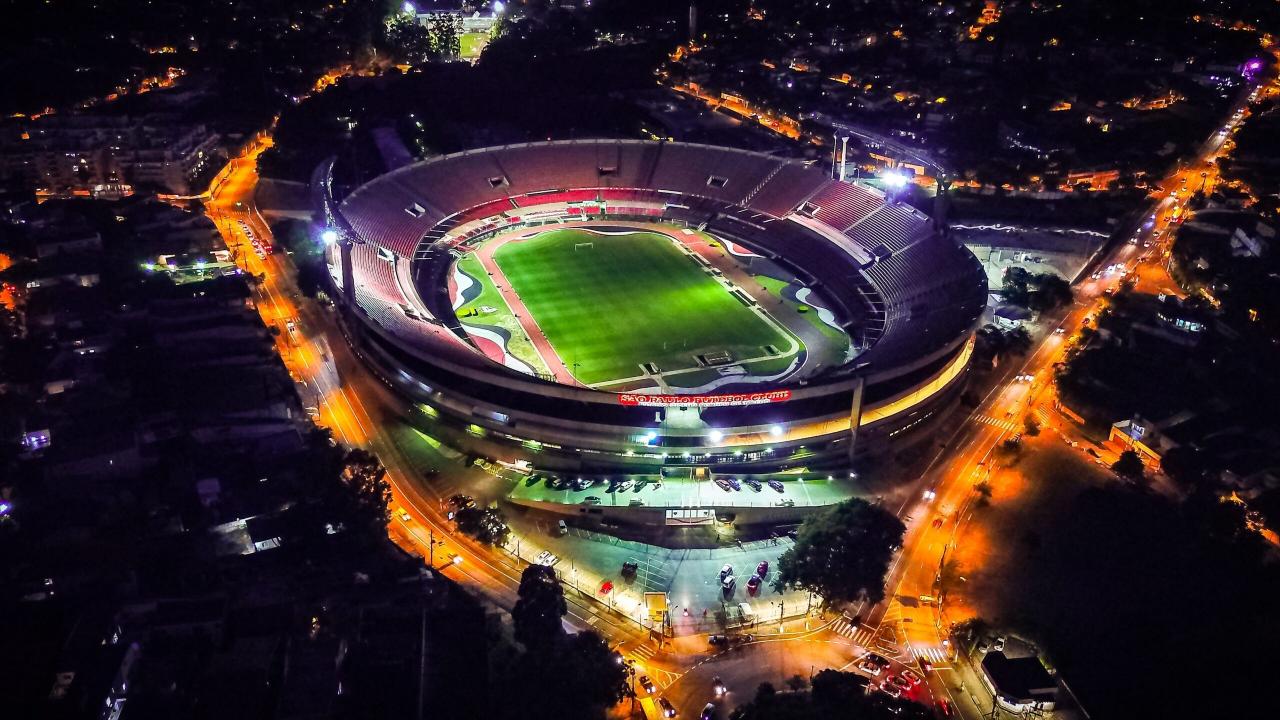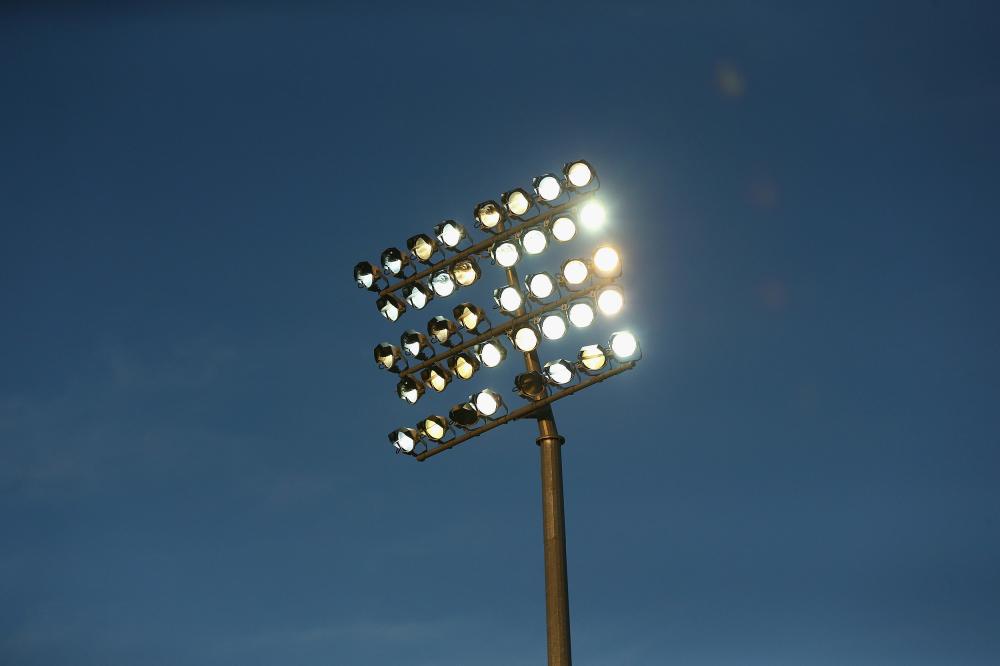Stadium lighting plays a crucial role in enhancing the visibility and ambiance of sports and entertainment events. Among the various options available, 1500-watt stadium lights are prominent for their powerful illumination, ensuring optimal visibility for players, spectators, and television broadcasts. These lights are specifically designed with a compact structure and lightweight—weighing just 14 kilograms—making installation and maintenance at heights more manageable. High-quality lighting in stadiums is essential not only for the performance and safety of athletes but also for the overall experience of event attendees, making the choice of proper lighting solutions a critical aspect of stadium design and operation.
Evolution of Stadium Lighting
Historical Overview of Stadium Lighting
Stadium lighting has evolved dramatically from its inception. Initially, stadiums were lit using simple, inefficient incandescent bulbs, which provided minimal lighting and had a short lifespan. The introduction of halogen and metal halide lamps marked a significant improvement, offering brighter and more reliable lighting, although they still required frequent replacements and consumed substantial energy.
Technological Advancements Leading to the Development of 1500-Watt Lights
The shift to more efficient lighting solutions began with the adoption of high-intensity discharge (HID) lamps, which offered better luminosity and energy efficiency. The latest breakthrough in this evolution is the development of 1500-watt LED lights, which provide superior brightness and energy efficiency. These advancements were driven by the need for more sustainable lighting solutions that reduce operational costs and environmental impact.
Impact of Previous Lighting Technologies on Sports Events and Spectator Experience
Previous lighting technologies, such as HID and metal halide lamps, significantly improved the quality of lighting in stadiums, enhancing both the athlete’s performance and the spectator’s experience. However, these technologies also had their drawbacks, including long warm-up times and high heat output, which sometimes affected playing conditions and comfort levels within the stadium.
Understanding 1500-Watt Stadium Lights
Technical Specifications and Components of 1500-Watt Lights
The SPLC series is a high-power LED fixture designed specifically for sports lighting. It features a private mold with a single 1600w Phosphor Ceramic COB, high efficacy reflector, and customized dual heat pipe heatsink. This product is patent listed in China, Korea, Japan, and the USA, making it a top choice for lighting large venues such as golf resorts, soccer fields, and baseball courts. Its design ensures precise lighting that enhances player performance and spectator visibility without spilling over to nearby areas.
Comparison with Traditional Lighting Systems
Unlike traditional large, flat, modular LED floodlights, the SPLC maintains a classic aesthetic similar to old metal halide lamps, paying homage to the heritage of sports events. Made from 6063 aluminum, it is not only lightweight (less than 18kg, including the bracket) but also user-friendly for installation at heights. It stands out with its advanced LED light source—phosphor ceramic COB—offering durability, rust-proofing, and an IP65 rating, ensuring it withstands various weather conditions.
Benefits of 1500-Watt Lights
The 1500-watt LED lights offer numerous advantages over traditional lighting systems. They are significantly more energy-efficient, reducing electricity costs and lowering the carbon footprint of stadium operations. Their brightness provides clearer, more consistent lighting that is crucial for both players and spectators. Furthermore, these lights boast a longer lifespan and require less maintenance, thanks to their durable design and robust components, making them a sustainable and cost-effective solution for modern stadiums.
Applications and Benefits
Heat dissipation is a critical technical challenge in LED lighting, with poor management leading to reduced output efficacy and shortened lifespan. KCOB’s innovative solutions effectively address these issues:
Dual Heatsinking Channel for KCOB
KCOB utilizes a self-invented phosphor ceramic packaging, enhancing heat dissipation. This technology enables heat generated by the LED chip to be conducted through both the PCB and the phosphor ceramic cover, creating a dual-channel heat dissipation system. This structure provides an additional 40% heatsinking space and improves heat conductivity by 30%, significantly boosting the LED’s performance and longevity.
Dual Heatpipe Heatsink
Addressing the intense heat generated by a 1200w, Φ75mm LED chip, KCOB engineers have developed a dual-layer heatpipe heatsink. This innovative design minimizes the contact area between fins and pipes, with heat efficiently dissipated through a reversed 360° air vent. This setup not only enhances the aluminum body‘s conductivity but also allows the heatsink to remain compact and lightweight.
Enhancement of Player Performance Under Optimal Lighting Conditions
Proper stadium lighting is essential for players to perform at their best. The 1500-watt lights provide a bright, consistent illumination that improves visibility, allowing athletes to react more quickly and accurately during games.
Improved Spectator Experience Through Enhanced Visibility
High-quality lighting ensures that spectators have a clear view of the action, regardless of their seat location. This enhances the overall experience, making games more enjoyable and engaging for fans.
Environmental Benefits and Cost Savings
LED lights like the 1500-watt models are highly energy-efficient, reducing the carbon footprint associated with running stadium lights. Moreover, their longer lifespan and reduced maintenance requirements offer significant cost savings over time.
Future Trends and Innovations
Potential Advancements in Stadium Lighting Technology Beyond 1500 Watts
Research and development are likely to yield even more powerful and efficient lighting solutions, pushing the boundaries of what is currently possible in stadium illumination.
Integration of Smart Lighting Systems for Dynamic Control and Customization
Future stadium lighting is expected to incorporate smart technologies, allowing for dynamic adjustment of brightness and color to match specific events or enhance the spectator experience.
Impact of Lighting Innovations on Sports Broadcasting and Virtual Fan Experiences
Advancements in lighting technology will also revolutionize sports broadcasting, improving the quality of visuals transmitted to viewers and potentially enhancing virtual reality (VR) and augmented reality (AR) experiences for remote fans, making them feel as if they are part of the live action.
In Closing
The evolution and application of 1500-watt stadium lights mark a significant advancement in sports lighting technology. These lights not only enhance player performance and spectator experience through superior illumination but also offer environmental and economic benefits due to their energy efficiency and durability. Innovations like the KCOB’s dual heatsinking channels and heatpipe heatsink design are pivotal in overcoming traditional LED heat dissipation challenges, ensuring longevity and consistent performance. As stadium lighting continues to evolve, integrating smart systems and pushing technological boundaries, the future holds promising potential for even greater improvements in lighting solutions that will redefine the way sports are played and viewed.
Post time: May-16-2024






